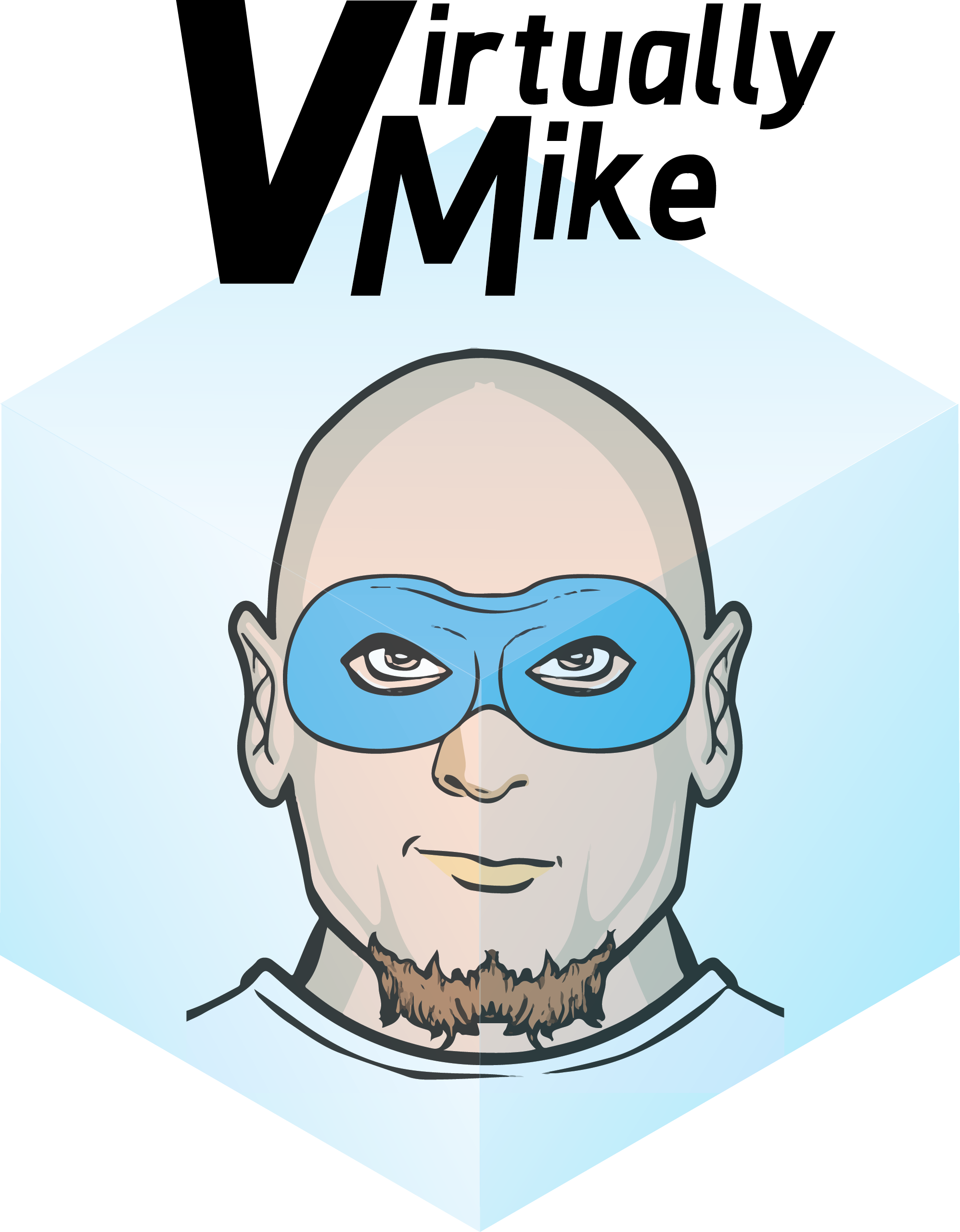“Opportunities multiply as they are seized” – Sun Tzu 
I get it quoting the Art of War is a bit cliche but it really fits my mood while writing this. The recent news about Verizon acquiring Yahoo got me on this kick because Yahoo failed to seize its opportunities. Yahoo had a chance to buy Google, and sell to Microsoft. Both would have been brilliant moves now that we look back at them with the 20/20 vision that is hindsight. At the time the strategy around such changes would have seemed very risky.
“Strategy without tactics is the slowest route to victory. Tactics without strategy is the noise before defeat.” – Sun Tzu
By now you know how much I respect Simon Wardley and look towards using maps to plan strategy. I do this with just about every facet of work and career planning. When I joined SolidFire back in November I made a map and saw that move from EMC made a ton of sense SolidFire had huge upside and the job would be something I had never done before. A mix of challenge along with, the opportunity to work with a team of awesome people, and the promise of a software focused infrastructure solution met the criteria for a maturing storage company with huge upside. I was just late to the game as it appears that NetApp had seen similar benefits to what SolidFire could be. Two weeks after joining SolidFire the team was informed that the acquisition was imminent.
The process of acquisition was one I hadn’t fully experienced. NetApp was a big company and they had many processes and hoops that needed to be jumped through. When it was settled I finally got a chance to look at the inside of another big storage company.
Like EMC NetApp has a lot of really smart people working for them. Like EMC, NetApp talks about transformation.ike EMC, NetApp is looking to pivot from storage to the next generation data center solutions. SolidFire will be part of that solution, but what NetApp has to overcome is their legacy mentality and the success syndrome of “this has always worked before, why change”. Some of the best minds at NetApp haven’t been able to come to grips yet with the reality that storage, while relevant, isn’t the critical path that it once was. Too much time is spent talking about competition and not enough looking at how innovation can lead to success and what that next generation needs to look like.
This post isn’t about negativity though, I am sure that NetApp can still pivot and find it’s voice in the changing IT ecosystem. If it can find it’s voice internally that accepts change and sees the value in it’s competition and can speak to the value that NetApp can bring to it’s customers moving forward.
For me though the timing of all of this didn’t work out. For the last several years I have found myself talking about how this product or that helps bridge the gap from private to public cloud. The thought process that we all bought into was hybrid cloud is the future, I don’t know that my opinion has gone that far adrift from this, but what I do know is everytime I have talked about public cloud the names that come up are Amazon, Microsoft, other service providers in that order.
“To know your Enemy, you must become your Enemy.” – Sun Tzu
Back in May I started the ACloud.Guru AWS training course, what I have learned is that AWS is one of the most mature cloud solutions out there. I had played with the EC2 environment before with tying it into vRA but I had never taken the time to see the full expanse of available services. Honestly Amazon has thought of just about everything. An opportunity came available via a friend and former co-worker at Amazon to interview for the AWS DoD team, after going through what is perhaps the most grueling hiring process I have ever faced I was offered a position at Amazon. Part of the process is to give a presentation to the hiring team on AWS service capabilities. Being the person I am, I also built a demo and performed a live demo as part of the presentation. It went well and I was offered a position as a Solutions Architect.
That brings me to the point of all of this I suppose. Effective August 1st I will be moving to the Amazon Web Services Federal team supporting the Department of Defense. The chance to stop competing against the leading cloud solution and finally be part of the revolution and move to public cloud was one I couldn’t pass on.
No one ever wants to admit defeat, and maybe my time at NetApp was not as successful as I would have liked. I wasn’t able to accomplish everything that I set out to do, I am sure the team that SolidFire has, will make a difference and I wish them the best in their pivot. Thank you to the Tech Solutions team and Aaron Delp for accepting me so openly and for helping me learn and grow. To the vCommunity at large it was so much fun the last couple of years presenting and getting to know all of you. I won’t be attending many VMUGs or vEvents for awhile as AWS has a different focus but stay in touch and I will keep posting about my experiences and what I am learning. The community is still small and we will all see each other around.

 If you think about diversification within an investment portfolio, it becomes imperative. If you are leveraged too much in a single industry or company than you become imbalanced. Imbalance becomes risk very quickly, which is why diversification is so important. Diversification from a product company is also important, no one wants to run or work for a company that only has a single widget to sell, or only one customer to sell to, it’s far to risky. You then draw parallels with the hammer company analogy, if all you sell are hammers everything becomes a nail. I dislike that analogy in a lot of ways because it implies that sales people care more about themselves than doing right by their customers which while true of some isn’t true of the majority. The other issue is single product companies face issues with market saturation or market space losses when they can’t pivot to meet the new challenges that arise in their industry. Determining product release cycles or acquisition strategies to meet gaps and needs is an exercise in risk management. (WTH Mike are you trying to teach intro to economics?) No, no I am not, I am trying to work through some stuff.
If you think about diversification within an investment portfolio, it becomes imperative. If you are leveraged too much in a single industry or company than you become imbalanced. Imbalance becomes risk very quickly, which is why diversification is so important. Diversification from a product company is also important, no one wants to run or work for a company that only has a single widget to sell, or only one customer to sell to, it’s far to risky. You then draw parallels with the hammer company analogy, if all you sell are hammers everything becomes a nail. I dislike that analogy in a lot of ways because it implies that sales people care more about themselves than doing right by their customers which while true of some isn’t true of the majority. The other issue is single product companies face issues with market saturation or market space losses when they can’t pivot to meet the new challenges that arise in their industry. Determining product release cycles or acquisition strategies to meet gaps and needs is an exercise in risk management. (WTH Mike are you trying to teach intro to economics?) No, no I am not, I am trying to work through some stuff. acquisition when you were previously competitors requires a re-programming of the corporate kool-aid. Organizationally you have folks that have gone whole hog and bleed the corporate approved hex colored blood, they have read the FUD docs on their newly acquired family members, and know how to position against them. The issue is now they have to see the value of this new tool in their toolbox and when it overlaps which solution makes more sense.
acquisition when you were previously competitors requires a re-programming of the corporate kool-aid. Organizationally you have folks that have gone whole hog and bleed the corporate approved hex colored blood, they have read the FUD docs on their newly acquired family members, and know how to position against them. The issue is now they have to see the value of this new tool in their toolbox and when it overlaps which solution makes more sense.